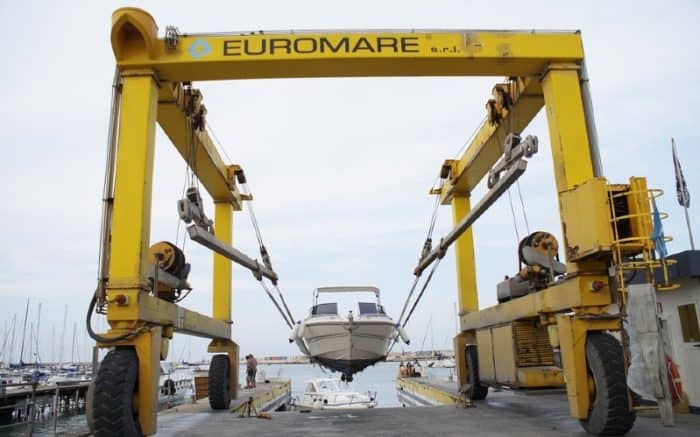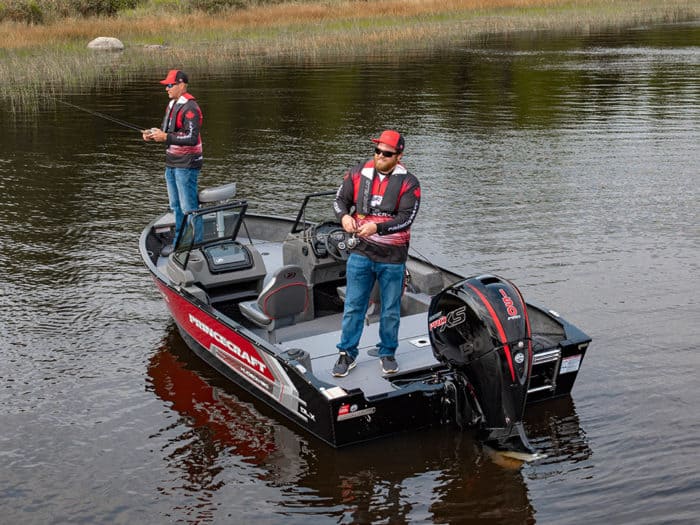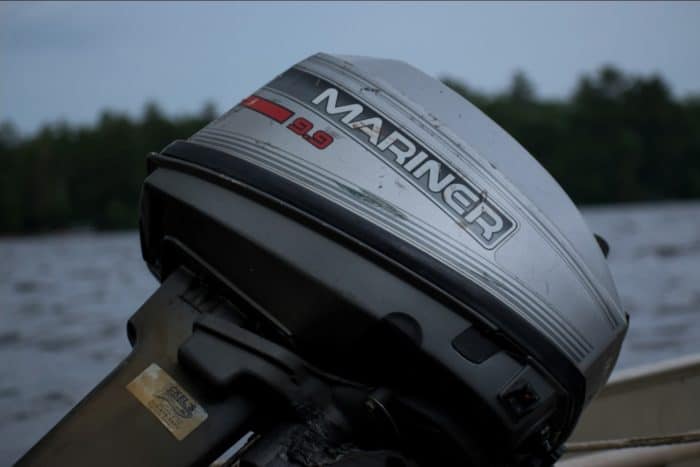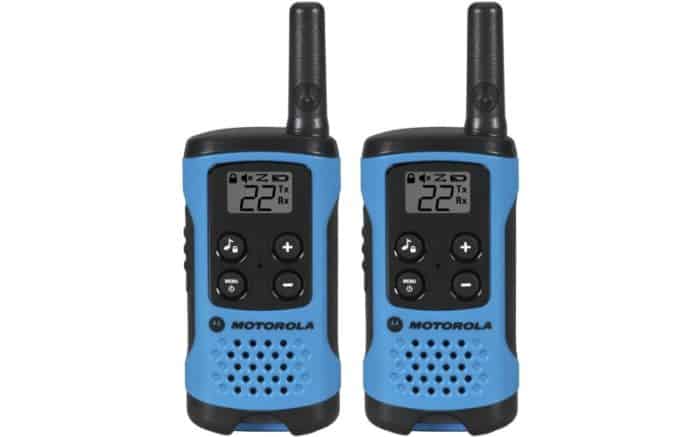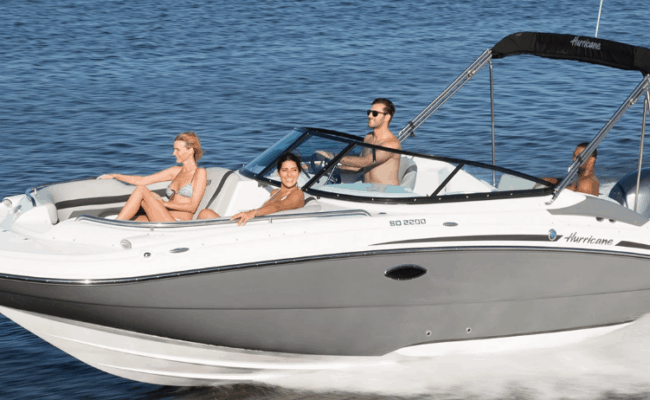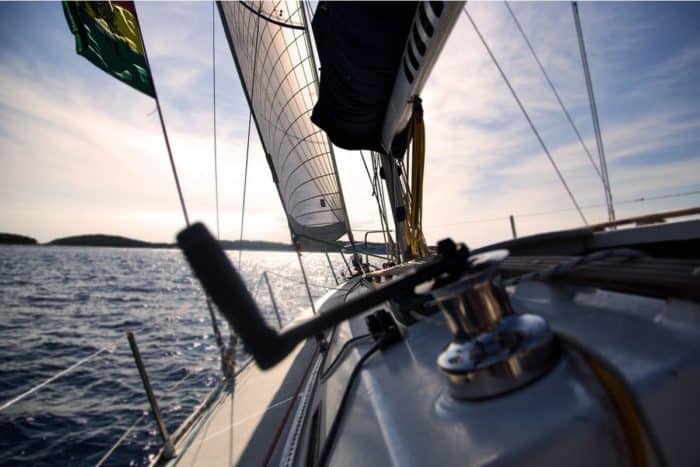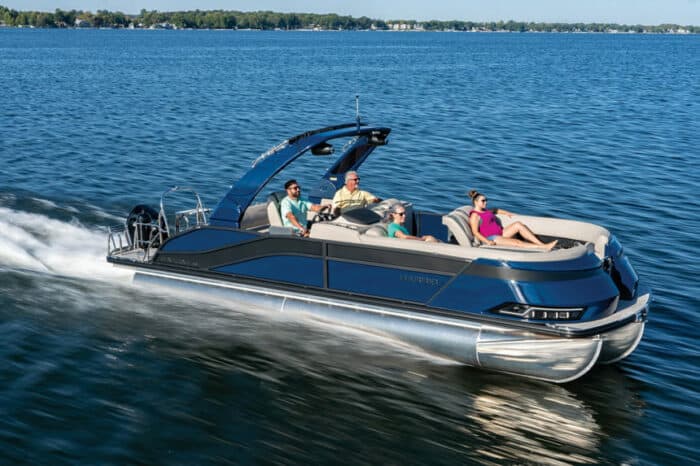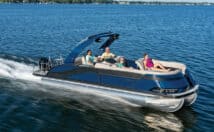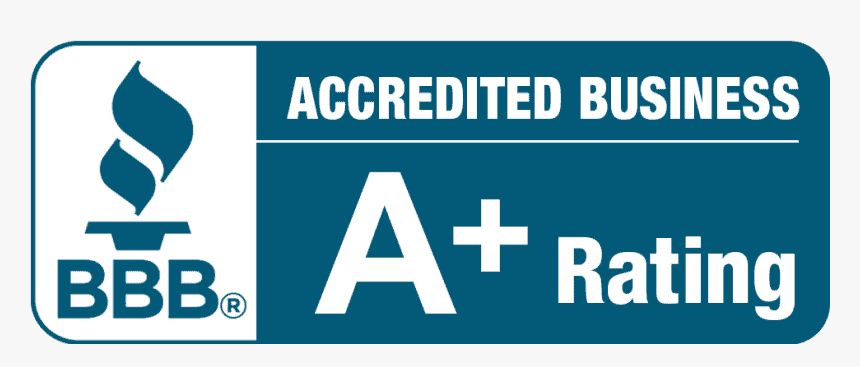Why Are Boats So Expensive?
Boats cost more than other items we think of in the same ballpark, like cars, for several reasons. It costs more to build boats in terms of time, materials and standards. Boats are also less in demand than cars and, as such, it’s a much more niche market which means boat makers can charge more of a premium for their products. Also unlike cars, boats tend to require far more necessary additions without which a boat cannot or at least should not operate. These additional items, and the boat itself, all need to be designed to operate in a marine environment which takes more of a toll than the environment in which you use and store an automobile. Maintaining a boat will also prove to be more costly in terms of upkeep, storage and repairs. All of this together adds up to make boating an expensive hobby and boats themselves expensive machines.
Let’s go in-depth on these reasons to get to the core of why boats are so expensive.
Manufacturing Costs
This is where things start for a boat. We can keep the comparison going between cars and boats because it makes for an easy way to understand the difference between the two. Ford’s F-series of trucks have consistently been the top selling vehicles in North America for years. In 2021, Ford sold 726, 004 of their trucks. In just one year.
In 2019, 282,000 boats in total were sold in the United States. That’s not one kind of boat, that’s every single boat of every single design and type. And that was actually the second best year for boat sales since 2007.
There are roughly 17 million cars and trucks sold in America every year, so sales of those vehicles far overshadow boats. This makes sense of course because millions of people rely on vehicles every day for work and travel while very few people have a livelihood tied to the sea. So the supply and demand for cars and trucks is much different than that for boats.
Cars and trucks are produced in factories and the work is very streamlined. Boats are, in general, still very much handmade, at least large portions of them. That means it takes longer to make a boat and also the people who make the boats will need to have more specialized training. This narrow focus increases the overall cost for a boat compared to a car.
If the boat is fiberglass it needs to be molded and shaped and the fiberglass hull is done in layers with a gel coat. This is a time-consuming process that takes a skilled hand. If the boat is aluminum, then welding all needs to be done by hand which increases labor costs as well.
Another boat construction consideration is weight and transport. A car, by nature, can be moved and stored pretty easily. It sits on tires and you can drive it and park it. Not so with a boat. It needs to be lifted to be moved around and that means extra machinery and extra time. The larger the boat the harder it is to move and may require fairly complex cranes and other systems. Then it needs to be trailered, transported and stored until such time as it can be launched. So even the process of maneuvering it as it’s being manufactured has hidden costs that the end consumer may not consider at first.
Streamlined Costs
The issue with making a boat is that a company making a less popular type of boat will sell less than 1000 units per year compared to Ford’s hundreds of thousands. Because Ford is making nearly $18 billion per year as they did in 2021, it makes financial sense for them to have large factories with robots and other labor-saving technology in use. But a small scale boat manufacturer, and even a larger manufacturer like Mastercraft, can’t follow suit. Mastercraft only makes a few thousand boats per year despite being one of the largest boat makers out there. It’s not financially viable for them to have a production facility like a major auto manufacturer. So that means their production costs will always be higher because they can’t be streamlined.
In addition, Ford has to make a car that can handle the roads of Kentucky. Malibu must make a boat that can handle the Pacific ocean. It needs to be water tight and it needs to withstand corrosion like a car will never have to. Yes, cars must meet exacting safety specs to ensure passenger safety but so does a boat. And then it has to not sink in water, or short out electrically, or capsize if it gets bumped. Boats require more in the overall production to ensure they work correctly.
Because the cost of a boat increases with the boat’s size, larger boats tend to be less common. That means the price increase is not necessarily commensurate. If a 10 foot boat costs $500, a 20 foot boat won’t cost $1000, it could be $5000, as an example.
Remember, because a boat isn’t the result of automated manufacture like a car, these are often produced near where they are sold and used. A company manufactures it chiefly by hand so a larger boat takes more time, which increases labor costs significantly alongside material costs. Your new boat may use twice as much fiberglass but take three times as long to build so you have double material but triple labor to factor in. Then the company still needs to make a profit to make the boat worth their while in the first place. That’s how you end up with some remarkably high-priced cabin cruisers and yachts, even before the addition of luxury amenities.
Safety Costs
The auto industry puts a ton of time and effort into ensuring vehicle safety. Every year new features are released to increase the safety of a car for drivers, passengers and others on the road. And that’s great. The boating industry also is constantly striving to improve safety but with a much less wide-reaching research and development team behind it, generally speaking. And also with more need to maintain basic safety standards.
This is where the comparison between cars and boats falls apart most easily because the two are very different in this regard. You’re highly unlikely to be hit by another boat on the water, though it does happen, compared to getting into an accident in a car. But consider also that, as a driver, you need to be licensed and pass a safety road test. To get a boating license in many places you need to do an online test of safety rules. There’s a distinct difference there.
As a result, boat builders often spend a lot of time and effort to ensure the rigorous safety standards needed to keep a boat afloat. This is not just ensuring the hull is designed to be water tight and buoyant but also ensuring things like handrails, cleats, and everything else needed to keep a boat working properly and safely. Boat production and design is regulated and standards for weight capacity, fuel storage and ventilation and more must be met.
Material Costs
Right off the bat, because of manufacturing costs being higher, material costs are also higher. If Ford made a car using the exact same amount of aluminum that Malibu used to make a boat, the Ford car would still be cheaper in terms of materials. That’s because Ford can source it cheaper because they use more of it and get better deals.
This is exacerbated by the fact boat aluminum is not the same as car aluminum. Aluminum used in boats is of a higher quality than that in cars. It’s thicker, higher grade metal that can withstand harsh, ocean conditions. That costs more just for the bulk materials.
Many boats are made of fiberglass, itself a labor intensive product to manufacture and also to turn into a boat. Fiberglass is generally more expensive than aluminum as a result. They can be made larger, heavier and offer more diversity than your average aluminum boat, but the cost is passed on to the buyer, of course.
Stainless steel is an important component in many boats in an effort to prevent corrosion. This is another instance where the cost adds up because those parts are cheaper than identical ones made from metals that would suffer from corrosion and galvanization out at sea.
Technology Costs
Boat engines are the heart of any boat and they do not come cheap. A simple outboard motor may not set you back a ton, but a new, top of the line outboard can be staggering if you’ve never priced one before. The heavier your boat and the faster you want to go, the more you’re going to pay. As horse power increases, so does the price. Remember, this is an engine that is pretty exposed and has to work in saltwater conditions in some cases. You might spend $10,000 for a 75 horsepower motor but if you want to pull off 350 horsepower for some serious boating you could be in for $30,000 or more. Then you can look at something really dramatic like a Mercury V12 600 HP motor and the price is a monstrous $77,000. When the motor alone costs more than most cars on the road, you can see why boat prices can reach really dramatic highs.
Your boat may also have things like computerized ballast systems, power winches, and navigational instruments that are cutting edge and there for pricier.
Accessories
A boat fresh from the manufacturer is arguably not a seaworthy vessel just yet. You shouldn’t and in many cases can’t use a boat without other items on board to ensure your safety at sea. You need things like:
- A VHF radio
- Life jackets
- Fire extinguisher
- Sound and visual signals
- Throwable flotation device
- Bilge pump
- Fuel filters
- Hoses
- Batteries
- Registration and documentation
- Fenders and docking equipment
- An anchor
These are all just things you need to have to get out on the water, although local boating laws may differ on what is required of you to operate a boat. There’s also a host of items you’ll likely want to have as well including;
- First aid kit
- GPS
- EPIRB
- Fishing gear
- Swimming or recreational gear like skis, towels, etc.
- Running lights
- Flashlights
- Carpeting
- Boat cleaning supplies
- Replacement parts
- Tool kit
- Portable fuel can
- Emergency paddles
- Battery charger
- Trailer
All of these accessories are going to add onto that initial expense of just buying a boat. And for much of these you’re still just at the basic fundamentals of operating a boat without a lot of bells and whistles.
Purchase Price and Beyond
There are actually not a lot of boat owners who look at the purchase price of a boat and end up paying that. The listed price of any boat is often the base price and onto that comes all the extras which can jack up the price of a boat significantly. The boating lifestyle is often one that lends itself to more opulent expenses like custom paint, teak decks and other upgraded features.
There are two kinds of extras you can get for your boat. Things you’re actually going to need and then things you just want, or want to upgrade. For instance, you may not need the most luxurious marine carpeting you can buy for your deck, but it might be the nicest looking so you’re willing to spend extra. Or maybe you saw a yacht with some cool LED deck lights and want them for your vessel as well. Do you need them? Maybe not, but they definitely add onto the expenses.
The unnecessary boat adds on really can push the cost of a boat over the top. This can include things like teak accents or personalized welcome mats. Things that don’t affect how the boat runs in any way at all but they spruce up the place.
For many boaters these are unnecessary and will never be a consideration. But for others, especially when they are custom ordering a boat, when they see the option to upgrade the paint in the cabin to something with some gold flecks in it for just a hundred dollars more, it can become hard to resist. But then when the whole order is done and you’ve added an extra $10,000 worth of accessories, you realize where the money is all going.
Maintenance and Upkeep for Boat Owners
In addition to all the costs of buying and operating the boat, you need to maintain and potentially store your boat as well. If you want your boat detailed you can pay anywhere from $15 to $200 or more per foot. If you just want to do it yourself you still need to haul it out of the water and powerwash it off. All that algae, debris, oil and muck needs to be cleaned off regularly so that the boat will continue to work the way you need it to.
Fuel costs are also something worth considering for any boat. This can vary greatly based on type of boat and how often you use it, of course. If your boat uses 30 gallons of fuel an hour depending on how fuel efficient it is and we’ll say gasoline costs $3.50 a gallon at the moment (though obviously this can vary greatly) then it would cost $105 for every hour you go boating. Even if you went boating just an hour a week, you’d spend nearly $5500 per year on fuel alone.
Mooring fees can cover a wide range from a few thousand dollars to nearly $20,000 depending on the type of boat and where you’re keeping it. You can always take your boat and store it at home in the garage if you have space, but you’ll need a trailer and that can cost a few thousand dollars as well. Winterizing and storing a boat during the offseason can be several hundred to several thousand dollars also.
There’s a rule of thumb that states you should expect to pay about 10% of a used purchase price or 2% of an original price for new boats in maintenance costs per year. This isn’t sound science but it’s not wrong in suggesting you will be spending money each and every year you own a boat to maintain a boat which is, of course, reasonable and to be expected.
The Bottom Line
Boats are expensive for a variety of reasons. They are a niche product that needs to be made to exacting standards. There are a lot of material and manual labor costs involved in their manufacture and they can’t be made with the same cost cutting measures that something like an automobile from a major manufacturer would use. A lot of time goes into a boat not to mention materials that need to be able to handle harsh conditions and meet rigorous standards for use. Luckily there are a wide variety of boats available so there’s hopefully something that can meet your budget if you’re in the market.
Categories: Boats
